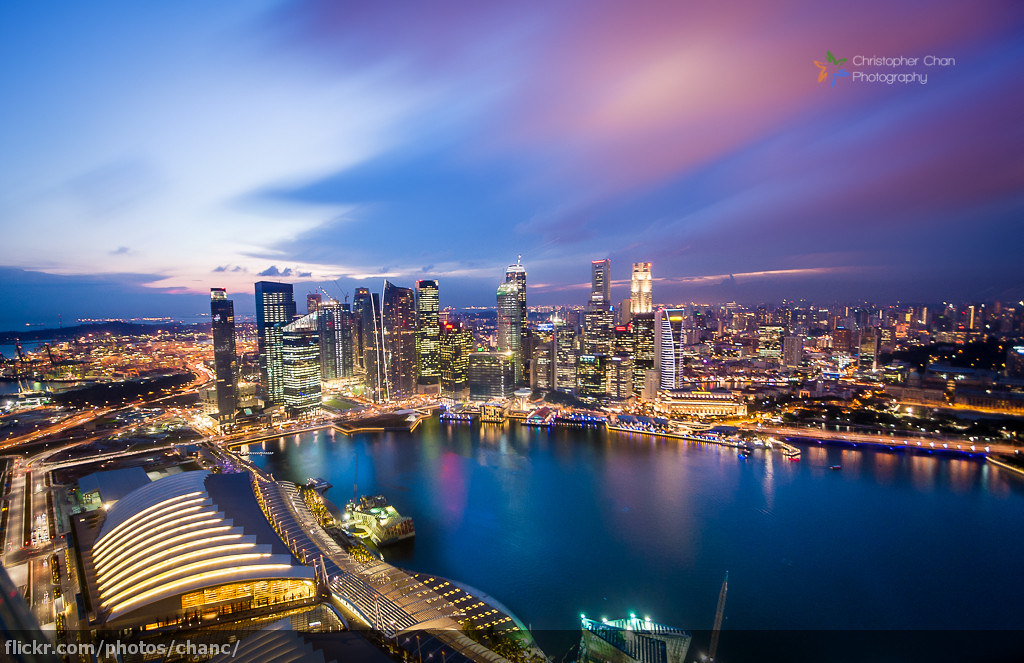

We can see distinct waves of urban growth and stagnation over time. From global equality to health, education, prosperity and, not least, sustainability, solutions need to be interwoven with fostering liveable, efficient and inclusive cities. Our increasingly urban world now frames many of society’s greatest challenges. The minimum population threshold for cities included in this map is 0.4m. While the proportion of urban residents living in large cities is increasing, it is important to realise that 50% of the global urban population live in settlements of less than 0.5m. Small towns like Shenzhen, Xiamen and Dubai have become cities of several million in little over two decades. Delhi is predicted to overtake Tokyo to become the world's largest city by 2030, with a predicted 43m residents by 2035. Delhi gained 16 million residents between 1990-2015 and is now the world’s second largest city of 26m. Shanghai (click on the city link to focus the map) gained 16 million people between 19, Beijing 13.6 million, Dhaka 11 million. The pace of recent change at the city level is unprecedented in human history. Asia and Africa will together account for 90% of the additional 2.3b urban dwellers predicted between 20. Over half of the world's urban population is now is Asia, with China alone comprising 20% of the global total. Recent growth is instead the result of rapid urbanisation in China, India, Latin America and increasingly Africa. Industrialisation and urban growth in the 19th and early 20th centuries were powered by Western Europe and the North-Eastern USA, but the urban population of these regions has been relatively static since 1950. The technique of overlaying proportional circles to show population change over time was first developed in a static map at LSE Cities Urban Age by Guido Robazza. Data is from the UN World Urban Propospects 2018. Move your mouse over cities to explore their detailed dynamics. The circles on the map are proportional to city populations in 1950, 1990, 20. In 1950 there were 740m people living in cities there are now 4 billion, rising to a predicted 6.6b by 2050.

This map visualises the radical transformation that has occurred across the globe in the last 60 years, from a 30% urban world in 1950, to a 54% urban world in 2015 and a predicted 68% urban world in 2050.


 0 kommentar(er)
0 kommentar(er)
